Beatlemania took the world by storm in late 1963 and into the next year and beyond. Liverpool’s own boy band was a sensation on a scale unlike anything before, but rarely has the world been allowed to see what it was like inside the eye of that storm — until now.
“Paul McCartney Photographs 1963-1964: Eyes of the Storm” makes its West Coast premiere on March 1 at San Francisco’s de Young Museum where it will be on display until July 6. The exhibit provides a comprehensive and intimate firsthand look into The Beatles’ titular eye of the storm through the lens of Paul McCartney himself.
The exhibition is comprised of prints of McCartney’s mostly black-and-white 35mm photographs of the band’s first tour from December 1963 to February 1964, which McCartney rediscovered in 2020.
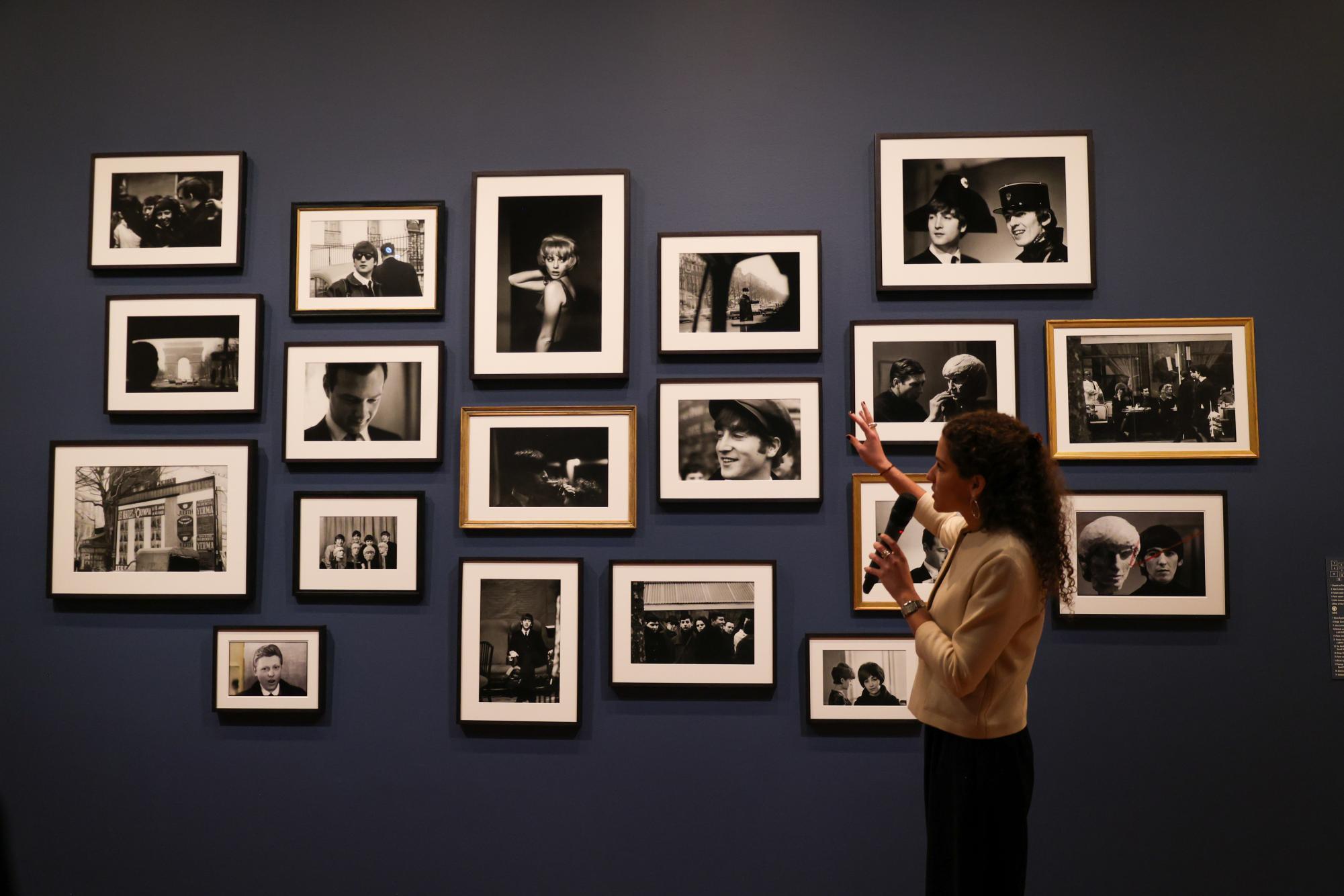
Sally Martin Katz, the museum’s photo curator, arranged the exhibition to fit the sensibilities of the space within the de Young, while the original exhibition was displayed at the National Portrait Gallery.
The show is nonetheless immense despite only covering a brief period of four months. Katz took great joy and care in ensuring that the spirit of the show was properly captured in the space at the de Young.
“How do I adapt this to our space?” said Katz. “How do I make it specific to our San Francisco audience? Working within our architecture, getting creative in terms of hanging and the installation was a lot of fun, being able to experiment in that way.”
Beatlemania was the first sensation of its kind, at a level that feels quaint today, yet it was revolutionary in the ‘60s. No one person or group had garnered this level of adoration on such a massive scale before. This exhibition captures that mania and the boys’ reaction to it in such a personal and refreshing fashion.
John, Ringo, George and Paul are all seen in such a unique light in the exhibit. This side of the phenomenon, what it was like on the inside looking out, is one not often seen despite the over 60 years worth of footage and obsessive coverage. McCartney’s photography portrays the sense that these were just four boys bowled over by their own success and figuring out how to live the dream.
From screaming fans in Liverpool to the era-defining “Ed Sullivan Show” performance, this exhibit runs the gamut of the band’s early success. One striking photo shot from inside a car captures a gaggle of middle-aged women looking out a diner window fawning over the Fab Four while a lone man stands to their right, hands firmly on his hips, watching the group all the same.
McCartney’s eye is sharp and singular, impressionistic both in quality and malleability, seeming to adapt to every landscape. The Parisian section delights in McCartney’s eye adapting to France in its literal and cultural senses. His portraits of the band and everyone around him grow stark as they take on characteristics of the French New Wave with deep shadows and off-kilter compositions that his earlier Liverpool photography didn’t have.
As the tour moved on to America, the group’s shock at their exponential rise to fame transmutes McCartney’s pictorial sensibilities from the avant-garde and experimental French style into a harsher and more straightforward style, taking on America’s traits. A single frame of a gun-toting police officer’s utility belt stands out among the rest.
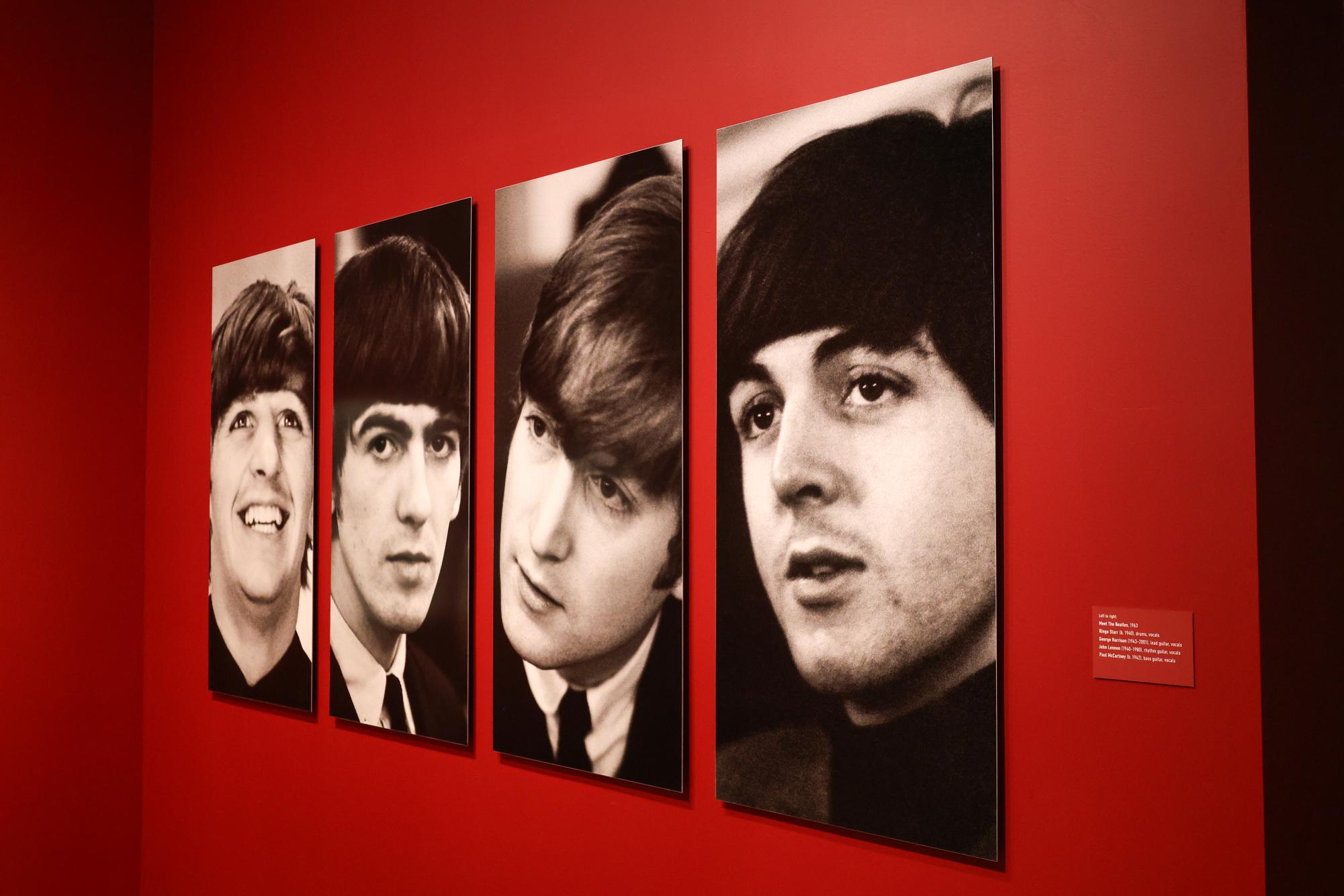
The universality of The Beatles also applies to the exhibition, which is a very accessible and engaging show that anyone is sure to find something in, fan of the band or not. There is no denying how blindsiding it is to see such personal views of such ubiquitous icons. Helena Nordström, the director of communications for the Fine Arts Museum, emphasized that the accessibility is a huge draw of the show.
“It’s a good introduction to a time that college students will not have lived,” said Nordström. “So a time that was very important in terms of cultural expressions, which was the mid-‘60s. This is a great introduction to documentary photography as well.”
Despite most college students being almost guaranteed to have been born well over 40 years after the height of Beatlemania, the phenomenon and their music resonates with students of today all the same like it does with Marlee Yeargin, a visual communications major at San Francisco State University.
“Their music caused me to love them, especially their solo stuff like with Paul and George. They’ve become a big part of my adult life,” said Yeargin. “I’ve seen a couple of the photos that are in the exhibit, and I think that they’re really cool because he’s capturing such a unique experience of being a part of one of the biggest bands of all time. Being able to show people what it looks like from his perspective is cool.”
The exhibition’s last section is the only one with a vibrant dose of color photography and it fits the mood. Finally finding respite from the whirlwind, the band unwinds in Miami and they come to life drinking and lounging around.
Soon after, they’d kick off their first-ever American tour in San Francisco at Cow Palace. Until then, McCartney’s photos cheerily resolve at the most peaceful stop during the group’s first and certainly not last madcap storm.
For anyone looking to immerse themselves into Beatlemania, “Paul McCartney Photographs 1963-1964: Eyes of the Storm” will be on display at the de Young Museum from March 1 to July 6.





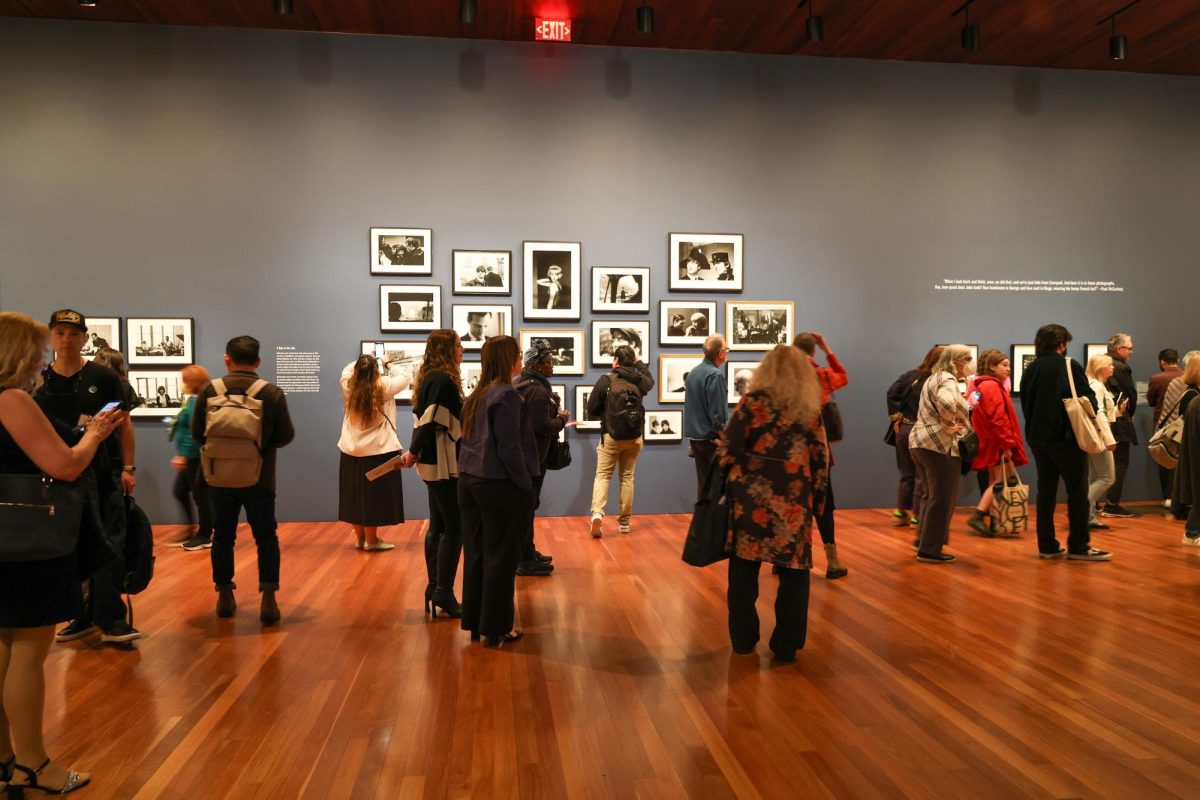
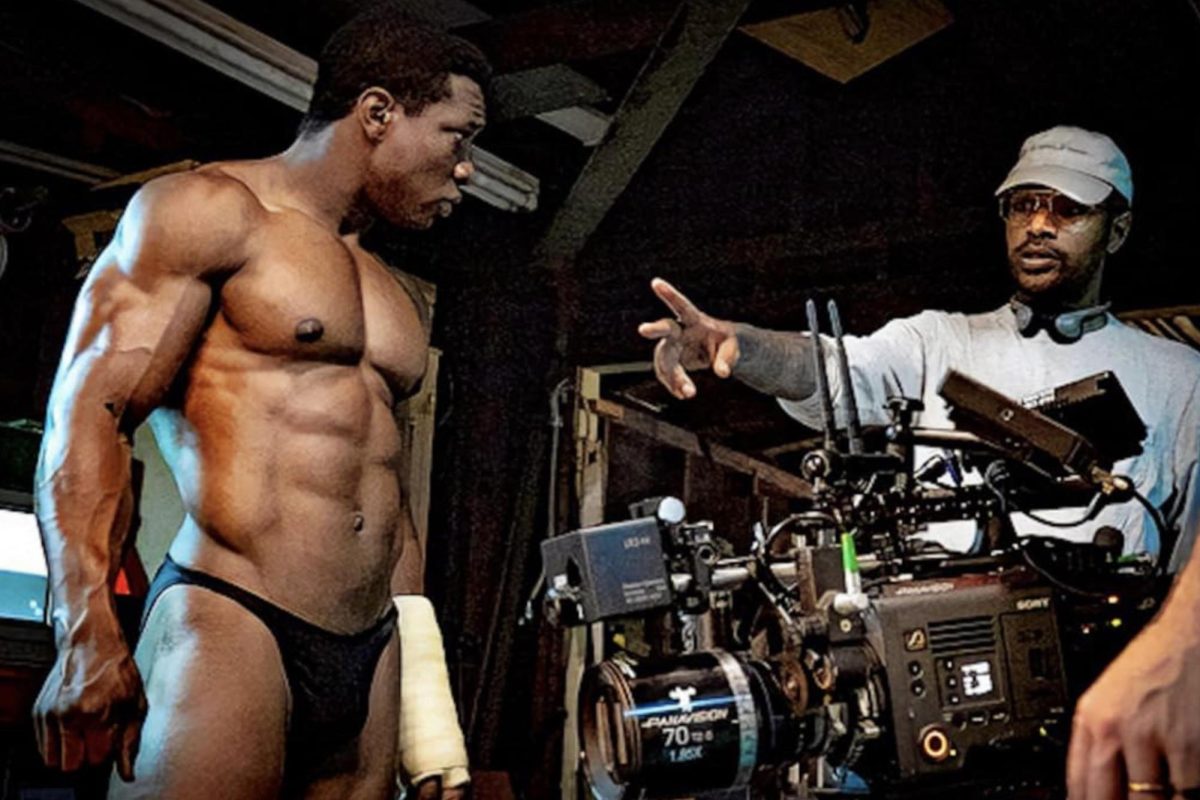
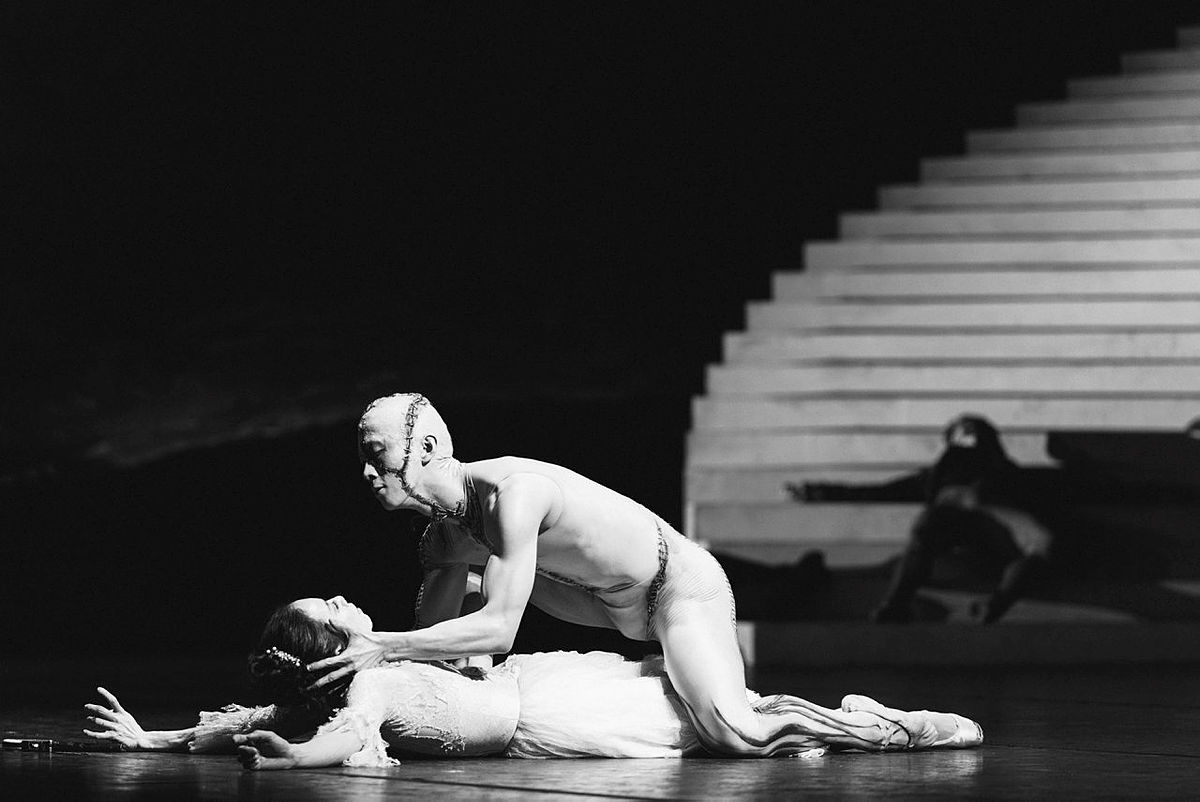
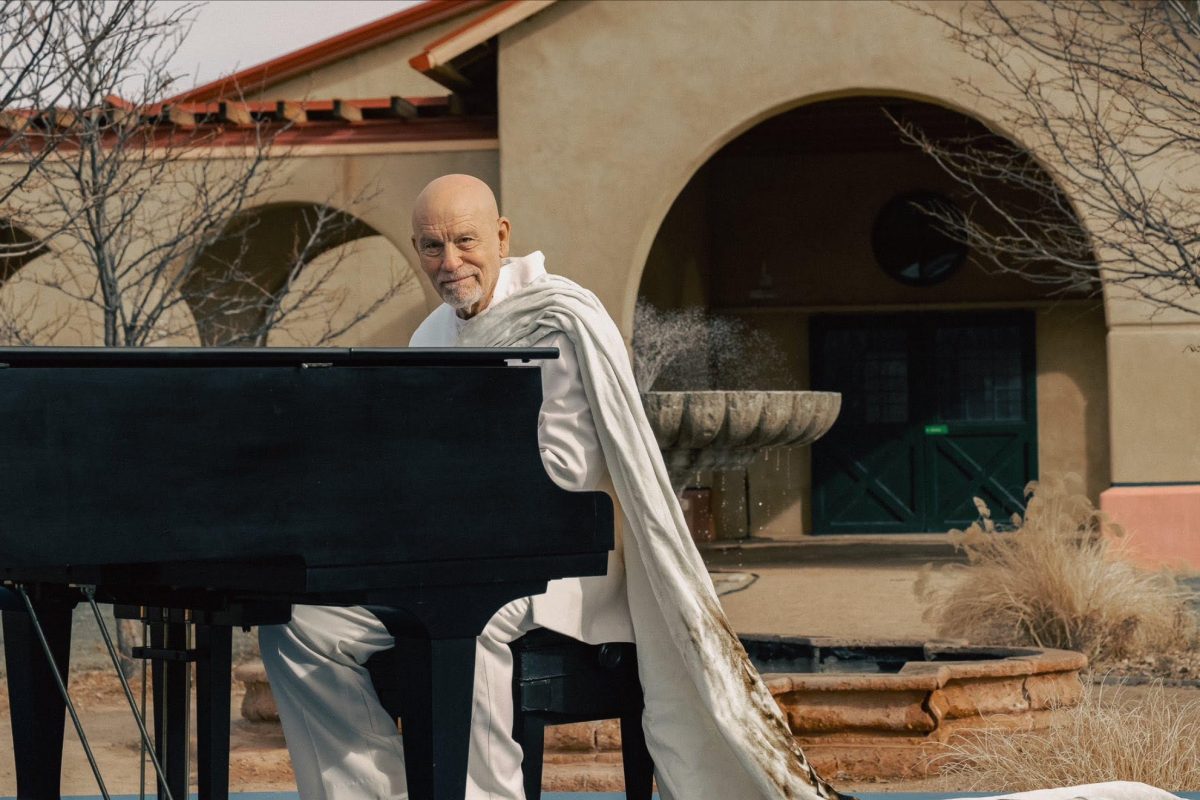
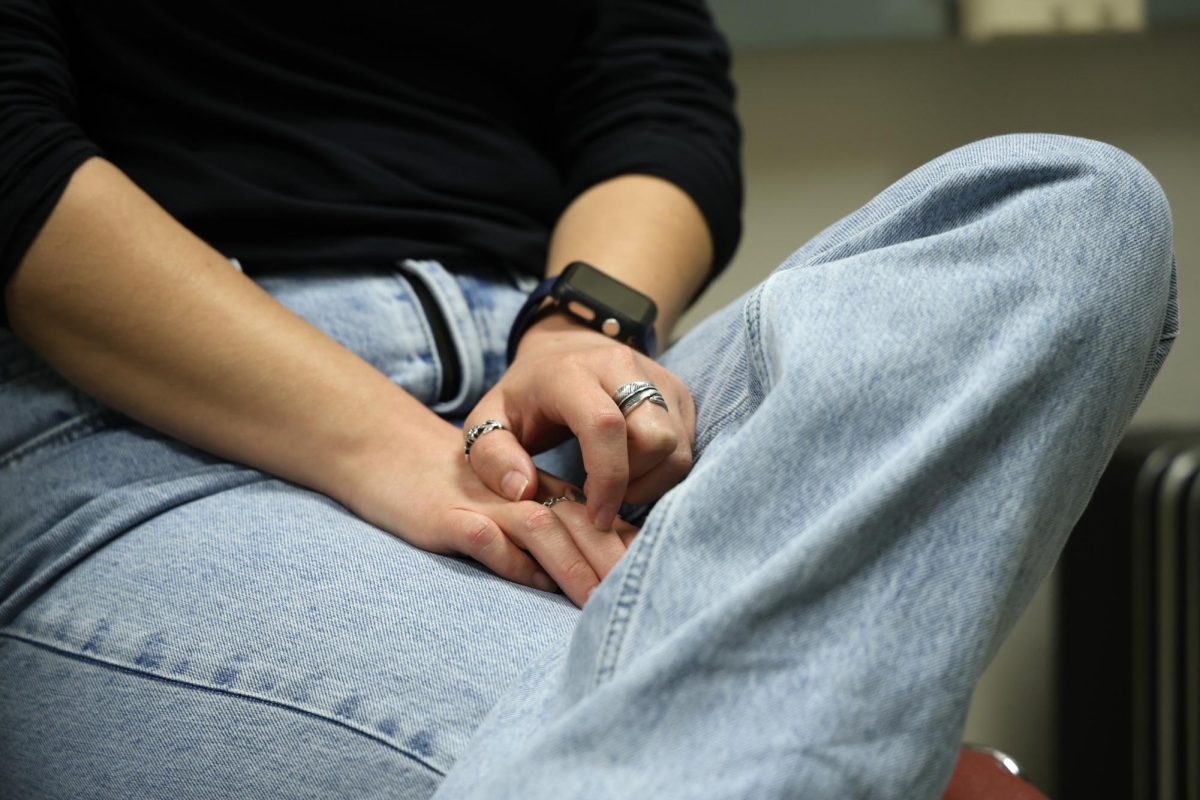
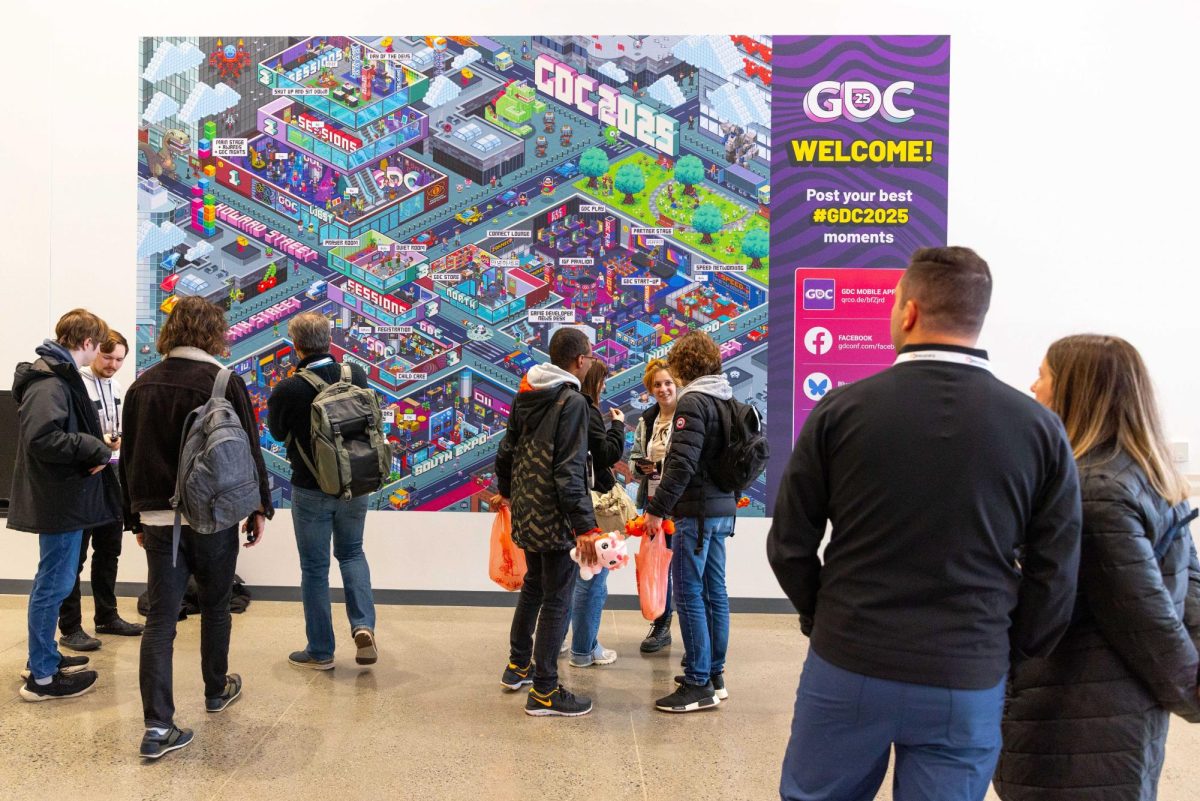

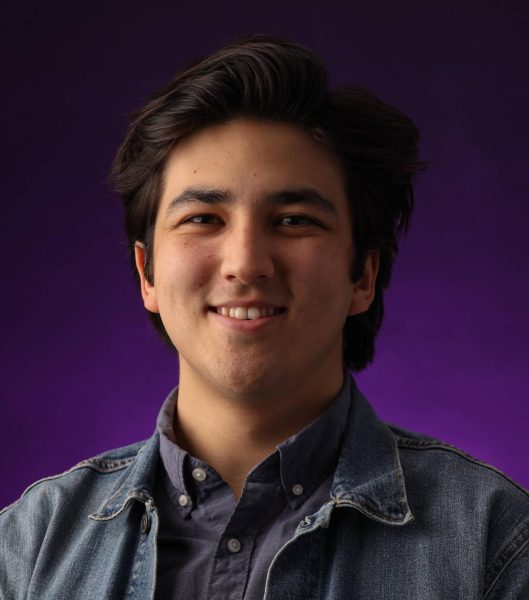
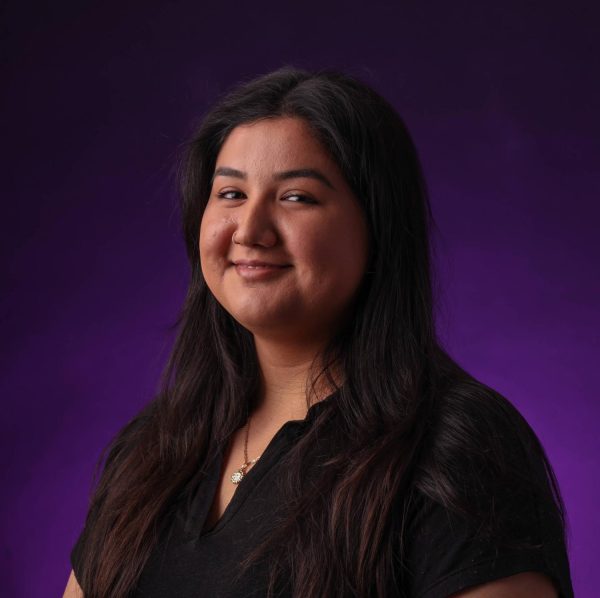
Cyndi • Mar 1, 2025 at 1:09 am
My 27 year old son and I are going 3/1/2025. We both can’t wait!